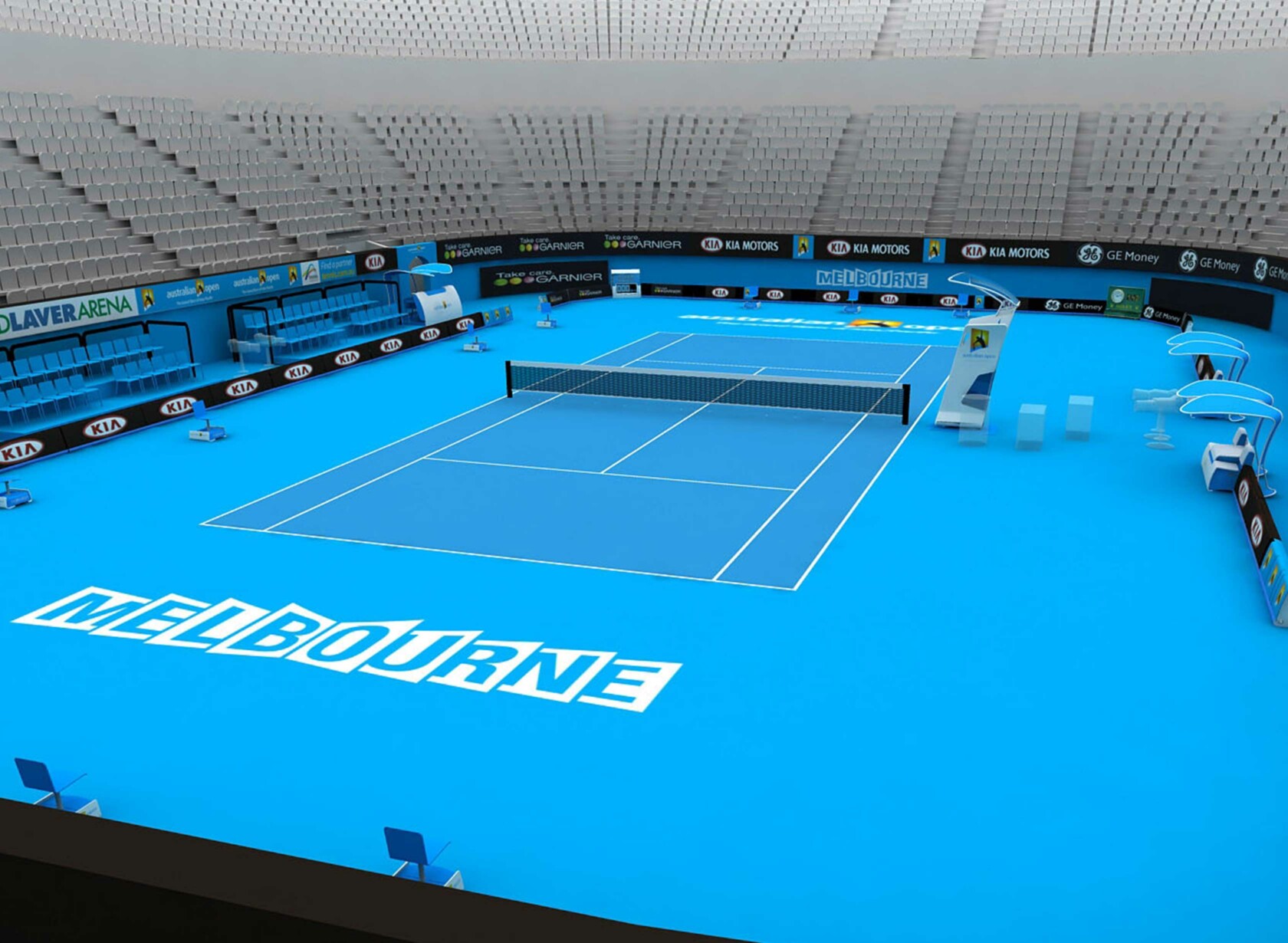Introducing the Australian Open’s biggest ever visual change
In 2008, the Australian Open underwent a significant visual transformation, a pivotal moment in its hundred-year history. Cobalt played a pivotal role in this evolution, spearheading the design and development of crucial on-court elements—player and umpire seating, serve-speed indicators, court borders, and the iconic players' arch, all contributing to the tournament's new signature look.
The tournament's on-court environment transcends being a mere playing field for tennis elites. It functions as a versatile space—a stage, a television studio, a workplace, and a prime advertising site—making its visual aspects paramount.
As one of the prestigious 'Grand Slam' events, alongside Wimbledon, French Open, and the US Open, the Australian Open stands in an elite league. Drawing over 500,000 live spectators to Melbourne's tennis hub and reaching a global TV audience nearing a billion, the tournament's significance is undeniable.
The revamped aesthetics, including the spotlight on the Plexicushion playing surface, and the meticulously designed on-court furniture, underpin the Australian Open's ongoing quest to uphold its reputation as one of the world's premier sporting extravaganzas. This transformation projects a distinct and contemporary vibe, essential for capturing the global tennis audience's imagination.

The Team We believe good design happens when experts work together as a team
Warwick Brown

Daniel Booker











